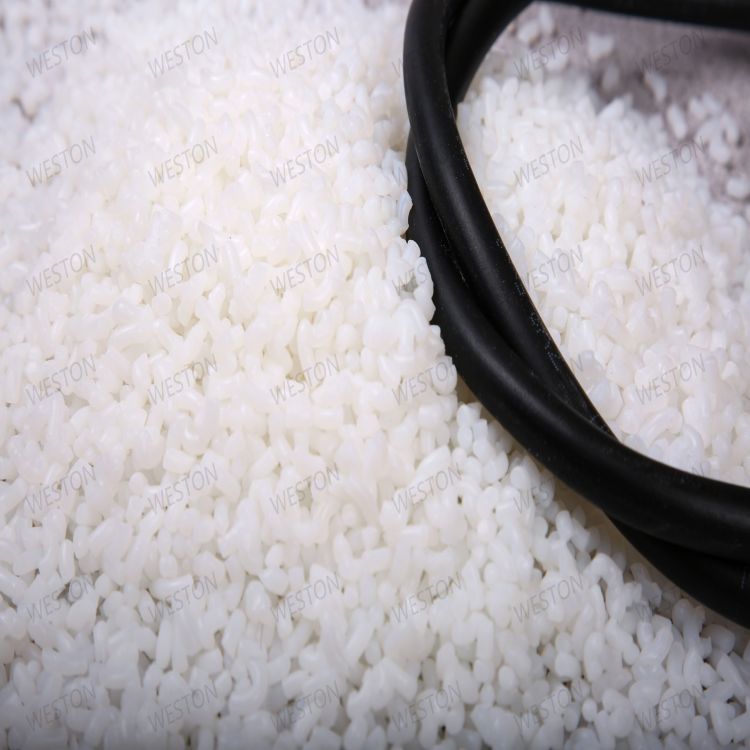-
Categories
-
Pharmaceutical Intermediates
-
Active Pharmaceutical Ingredients
-
Food Additives
- Industrial Coatings
- Agrochemicals
- Dyes and Pigments
- Surfactant
- Flavors and Fragrances
- Chemical Reagents
- Catalyst and Auxiliary
- Natural Products
- Inorganic Chemistry
-
Organic Chemistry
-
Biochemical Engineering
- Analytical Chemistry
- Cosmetic Ingredient
-
Pharmaceutical Intermediates
Promotion
ECHEMI Mall
Wholesale
Weekly Price
Exhibition
News
-
Trade Service
Recently, the research group of Professor Yu Shuhong of the University of Science and Technology of China has developed a one-step synthesis technology to realize the chemical grafting of cobalt diselenide and molybdenum disulfide materials, and developed a water-reducing high-efficiency composite catalyst with hydrogen evolution performance close to that of the precious metal platinum, and has excellent stability, which is expected to replace platinum as a new generation of cheap hydrogen electrode materials
.
Electrolysis of water to produce hydrogen involves two important basic reactions, namely the reduction of cathode water and the oxidation
of anode water.
However, the limitation of reaction kinetics requires an overvoltage above the theoretical decomposition voltage to accelerate the bipolar reaction, resulting in significant
power loss.
Some precious metals such as platinum, ruthenium oxide, rubidium oxide, etc.
can effectively reduce the reaction activation barrier and increase the reaction rate, but the expensive price limits its large-scale use
in the electrolyzed water industry.
The cobalt diselenide/molybdenum disulfide composite catalyst prepared by this group using a one-step method showed excellent water reduction catalytic activity, and the exchange current density reached 7.
3×10-2 mA/cm2
in 0.
5M H2SO4 electrolyte.
It was found that the combination of the two materials formed a new cobalt-sulfur chemical bond
at the interface.
On the one hand, the coordination of cobalt and sulfur can reduce its Gibbs adsorption free energy for hydrogen, thereby enhancing the adsorption of hydrogen intermediates at its active edge sites and enhancing its reaction kinetics.
On the other hand, the interaction between sulfur and cobalt also brings about electrocatalytic synergistic effects, which further enhances
the activity of cobalt diselenide, which originally has certain water reduction properties.
(Zhong)







